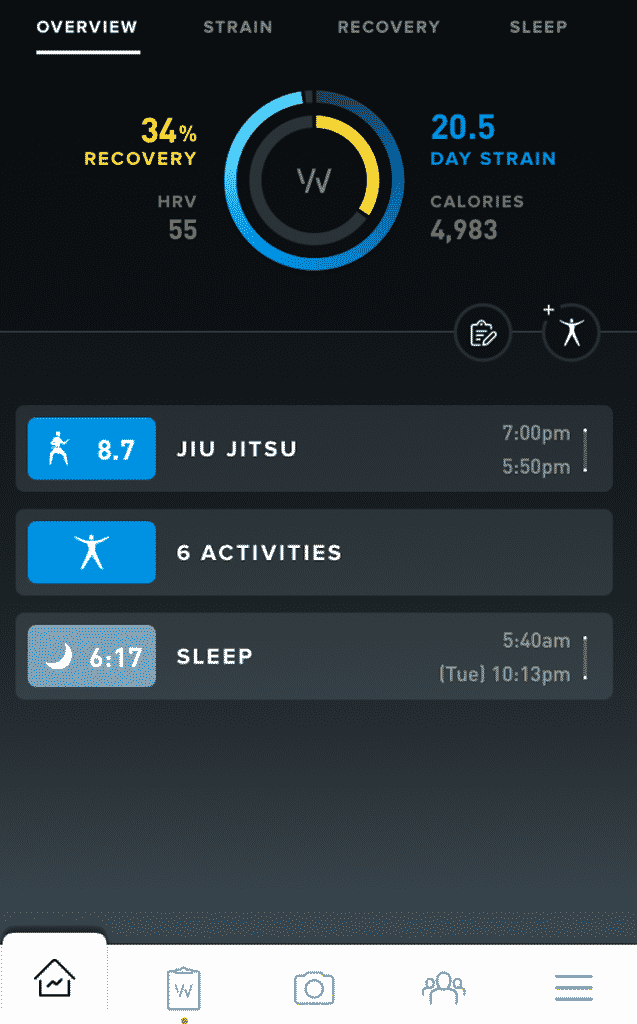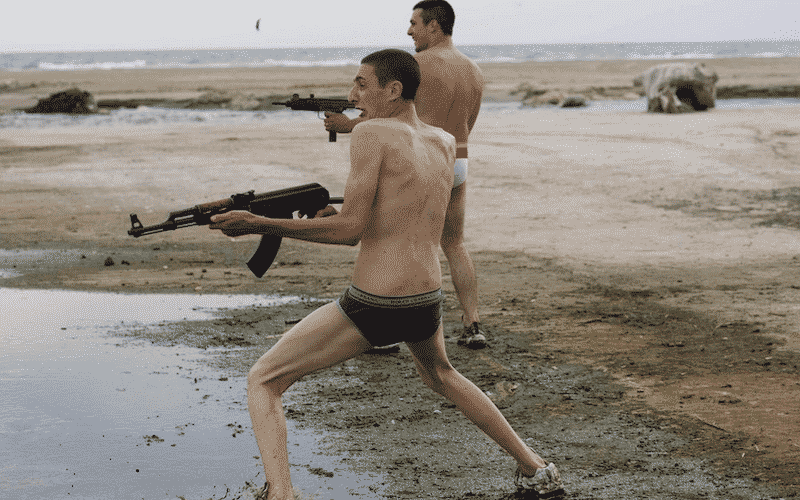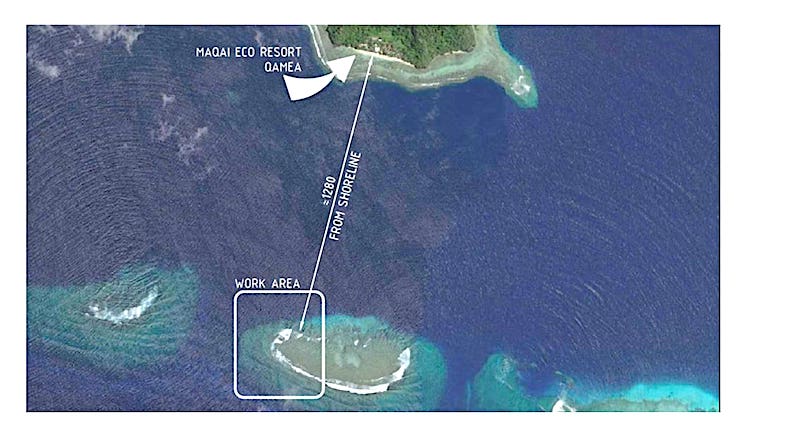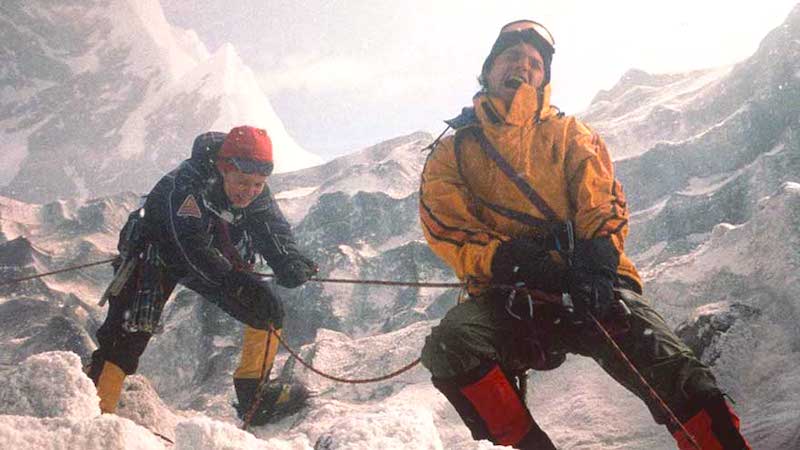A knuckle-duster-in-your-face exercise diary!
I woke up this morning and examined my to-do list, which I keep in a plastic sleeve inside a drawer by the side of my bed.
The list is a perennial, find rich wife, preferably multi-ethnic, make a decision on the doctrine of the trinity and doctrine of eternal punishment and adjust personal morality in response, land a twelve-pound salmon, buy a timber boat, flush commode after morning ablution and so on.
Today, as I ran a finger along the smooth plastics of my WHOOP strap, a relatively new but addictive addition to my life, I determined to run the miracle fitness tracker off its dial and to hit the theoretical human max of 21 points.
WHOOP Strain is measured on a 0 to 21 scale, which is based on the Borg Scale of Perceived Exertion.
(As a teenager I had taken my mother’s Japanese four-pot beyond its theoretical maximum, eight thousand revolutions in first gear, pistons, I think it was the pistons, breaking into pieces inside the block. I hoped the WHOOP experiment wouldn’t end in similar catastrophe.)
To take your body to the limit y’gotta understand how the WHOOP works. See, it measures cardiovascular load on the body, measuring the ability of your heart and air-bags to fuel your body with oxygen.
What it doesn’t measure, crucially for our experiment, is muscular endurance, “the ability of your muscles to perform repetitive contractions without fatigue.”
WHOOP measures aerobic workouts not the anaerobic. Therefore, no lifting plates or hitting push-ups.
At six-thirty I begin with a light walk with potential girlfriend, skin, eyes and hair one colour, a rich, ripe, radiant apricot. At seven am, I have scored nine-point nine points. It is a good beginning.
Three-quarters of an hour later, we run a few soft sand laps of the beach, a vigorous forty-five minute exercise. Heart-rate pounds, partly through exertion, partly because of this haughty and mysterious Haitian temptress. Thirteen-point-one.
At ten-thirty, a perfunctory surf, forty-three minutes, the sun shines, I’m courteous even to my enemies. Eleven-point three points.
A one-hour class of jiujitsu at midday leaves my chest dewy with sweat but heaving smoothly. Eight-point seven points, the lower number due to much study of levers and grips, fifteen minutes of sparring at the end revving the heart to 170 bpm, briefly.
A walk between three-thirty and four pm yields an eleven-point-three, a surprisingly high number although my stride is long and, at times, reckless.
Twelve minutes later, one hour of surfing, very calm vibration in the water, three waves, no jousting. Eight-point one.
Just before six pm, a one-hour class of jiujitsu, much drilling, with short sparring at conclusion. I get strangled twice, accidental knee to opponent’s face yields excellent black eye.
At this point, seven pm, I open the WHOOP app on telephone.
It reads, twenty-point-five, calories burned, 4983.


Close enough to twenty-one.
Tomorrow: Charlie Smith and the transformative bliss of maximizing quality sleep, solid recovery and improvement generating strain.







